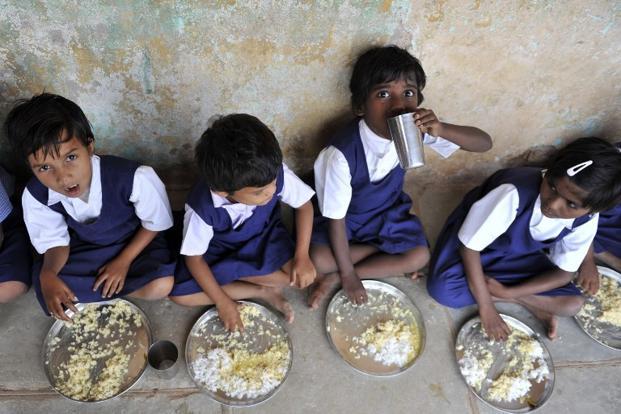
Since 2005-06, the date of the last nationwide government survey of nutrition, the story has been one of a curse, a national shame and a disconnect. This is because despite rapid economic growth in the past 15 years, nutrition indicators for children under five have barely moved.
Can we now change that story? If the new data from the government of India-United Nations Children’s Fund Rapid Survey of Children (RSOC), as reported in the Global Nutrition Report 2014, and partial findings from some of the states where the District Level Household Survey (DLHS-4) is to believed, then the answer is yes. The new data from RSOC indicate that the nationwide percentage of children under five who are too short for their age (i.e. stunted) has dropped from 48% to 38% in seven years. That is rapid, by any country’s standards. Thirty eight percent is still very high, but the direction and speed of travel represents a step change. To put it in context, the change represents 10 million fewer stunted children. That is 10 million more children who will stand a better chance of seeing their fifth birthday, learning more in school, and earning more for themselves, their families, community and nation.
Why should we believe the headlines from RSOC? Because the story of substantial reduction in stunting rates is consistent with a state-wide survey from Maharashtra that is in the public domain. That survey, conducted by the International Institute for Population Studies in Mumbai, finds similar levels of stunting declines during the same period. The DLHS-4 results from Maharashtra support findings on stunting reduction.
Click here to read the full news on Live Mint.
